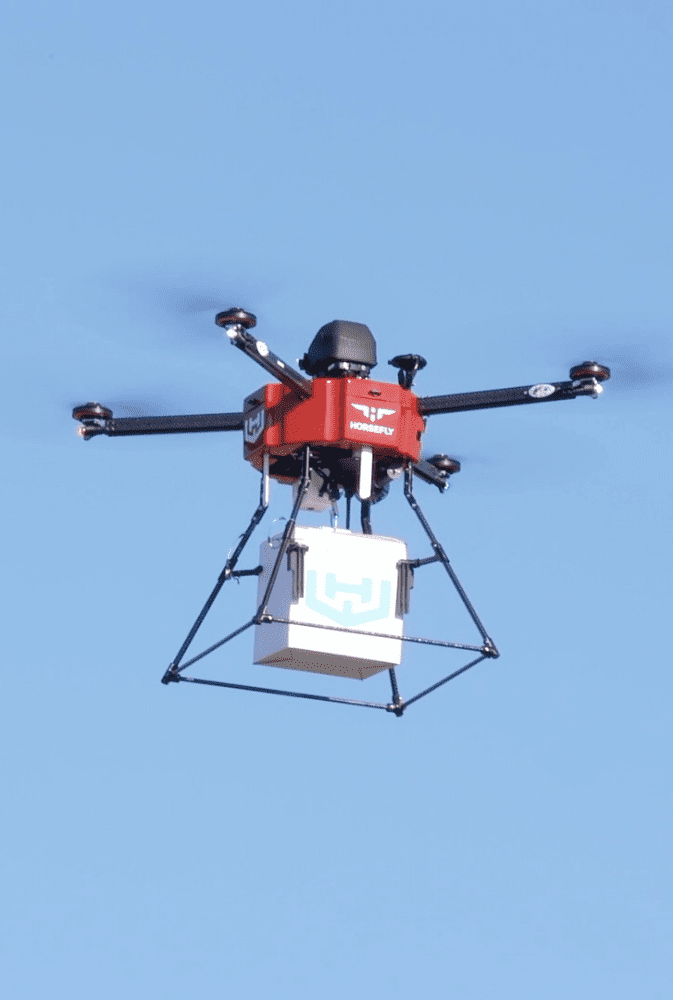The everyday citizen most likely never considers the consumer product testing industry and how it affects their day to day lives. However, product testing absolutely affects the life of every person who engages with technology!

Every time you board a plane expecting to get to your destination safely, every time you get behind the wheel of a car and trust the brakes to work, every time you buy food from the grocery store believing it will not make you sick, you are placing your trust in the product development and testing industry.
Test Engineering is an engineering discipline that is crucial to the safety of the general public, as well as the trust the general public places in their consumer goods and any new product that comes out in the market.
Product Testing: Important Things to Know
While parts of Test Engineering are a practiced skill, a large part of the industry is dictated by industry standards. The American Society for Testing and Materials (ASTM), The United States Military Standard (MIL-STD), The American National Standards Institute (ANSI), and many more institutes are dedicated to providing testing specifications for Original Equipment Manufacturers (OEMs) to adhere to. Governing organizations like the Department of Transportation (DOT) and the Federal Aviation Administration (FAA) rely on these specifications to clear vehicles or other technology for safe use.
These standards are what companies like Ford Motor Company, Boeing Aviation, Lockheed Martin, Smith & Wesson, and many other OEMs must meet in order to legally sell their goods. Industries such as the motor vehicle industry, the defense industry, the aviation industry, and the transportation industry are legally required to test to and meet the applicable standards enforced by the governing body overseeing their industry in order to sell their products.
As a result, oftentimes fast evolving and cutting-edge technology does not have corresponding specifications that keep the same pace. This mismatch can lead to hesitancy of the governing bodies to approve sale and/or use of this technology because the governing body does not have a specification to credit with the proven safety of the product.
On the Lack of Product Testing Methods and Specifications for UAVs

Regrettably, the lack of enforced testing specifications is directly resulting in the hesitancy of the FAA to broaden regulations on the use of Unmanned Aerial Vehicles (UAVs) and is therefore severely stunting the growth of the UAV industry.
Currently, the use of commercial UAVs for industry work such as construction, power line inspection, and last mile delivery is restricted by the severe regulations imposed by the FAA.
It is clear that UAVs could have an outstanding impact on photography/videography, search and rescue, commercial package delivery, and many more industries but with the extreme regulations in the way, other countries are outpacing the United States in terms of UAV integration into everyday life.
Challenges in Successful Product Testing for UAVs
The two biggest challenges imposed by the FAA regulations are the restriction against UAV flight beyond visual line of sight (BVLOS) and the restriction of flight over people. Flying BVLOS means that the pilot of the UAV does not need to keep the aircraft close enough to him/her in order to maintain visual sight. BVLOS and flight over people are currently only allowed if the operator applies for a case-by-case waiver through the FAA.
The restrictions against BVLOS and flight over people are a massive block in the path to introducing UAVs into everyday logistics operations, especially drone package delivery. The FAA recently released a certification process known as 44807 that allows operators to use vehicles that have been tested and certified to ease the process of applying for waivers. While this process is a step in the right direction, it still does not use defined testing specifications.

The lack of these specifications will lead to inequalities in testing performed by OEMs. Without enforced, regimented testing specifications, some OEMs could skirt around testing that proves safety and reliability. Ultimately, this will severely damage the UAV industry by permanently damaging the general public’s trust. At Workhorse Aero, we strive every day to go above and beyond with our UAV testing to deliver safe and reliable products to the general public.
Testing to prove that a delivery drone is ready for package delivery operations, and human aid and logistics drone operations is a large, complicated task.
Testing at Workhorse Aero is split into five phases: Proof of Concept, Prototype, Design, Validation, and Verification. While much of drone testing is accumulating flight hours, there is also system integration testing, environmental testing, durability testing, interference testing, and more.
Performing all of this testing without specific testing specification is challenging. Workhorse Aero views this challenge as an opportunity to emerge as a testing leader in the UAV industry and is working tirelessly to reach that goal to enable forward progress in the industry.
In order for drones to be fully integrated into society in inspection work, drone package delivery, aerial photography, and any other drone niche, the industry must rise to the occasion and fully test their products. This effort will be much aided by the production and enforcement of testing specifications for UAV technology.
For more information about how Workhorse Aero can transform your delivery operations, visit our website or contact us.